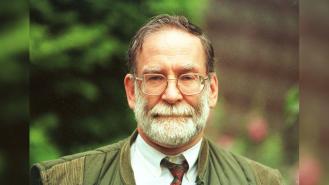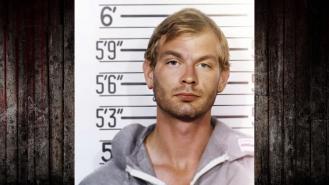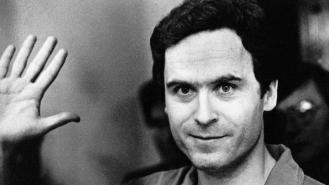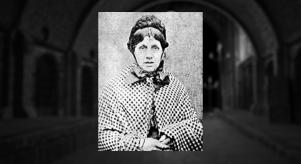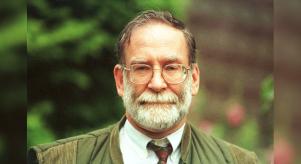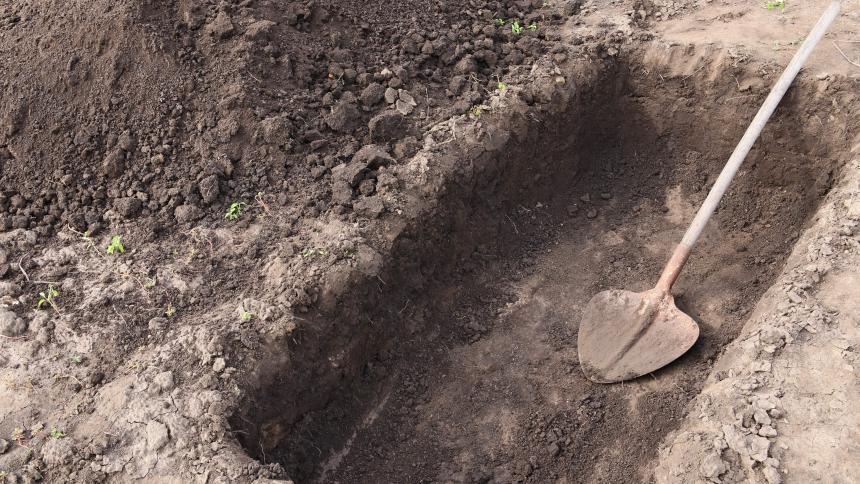
5 killers who buried their victims at home
When it comes to serial killers, most of us are interested in who the victims were, and how and why they were killed. But there is another question that can be asked: what did the killers do with the bodies of their victims?
For some of the most depraved murderers, that answer is a lot closer to home than you might think.
It’s a horrible thought: living with the bodies of the murdered. Not to mention, dangerous. After all, surely someone who had committed a crime would want to get rid of any evidence connecting them to it?
Not necessarily. In the case of some murderers, that’s exactly what they do, keeping their victims as close to home as possible. Disposal sites can range from their back gardens to inside killers’ homes, including under the floorboards or in cupboards.
So why keep the evidence? Especially given when it’s found, it unequivocally links them to the crime.
As unlikely as it may seem, for some, the reason could be purely practical. Burying a victim within their own home could be the easiest option for the killer to conceal the crime and their links to it.
In cases like that of Dennis Nilsen, the police were unaware a crime had been committed at all. The victims were often runaways or homeless young men who weren’t ever reported missing.
And history has proven that it can take years for the remains of victims to be discovered. Without a body, police lack the crucial evidence to link murderers to their crimes.
1. Peter Tobin
Take Peter Tobin, for instance, who escaped capture for decades, living under assumed identities to evade police. In fact, it was only in 2006, when he murdered Angelika Kluk and buried her body inside the church where they both worked that he was finally arrested and convicted. The discovery of Kluk’s body led police to conduct a historic investigation into Tobin’s crimes.
15-year-old Vicky Hamilton and 18-year-old Dinah McNicol both went missing in 1991. Neither of their bodies were found and the cases went cold. After Kluk’s murder, police investigated Tobin’s links to the missing girls, digging up the garden of one of his former homes in Margate. It was there they found the remains of both the missing girls. Tobin had moved to the home six weeks after McNicol disappeared.
Police also believe he is linked to the unsolved disappearance of Louise Kay, who went missing in 1988. They believe her body is buried in another of Tobin’s former homes.
2. Fred and Rose West
Then there’s the infamous case of Fred and Rose West, who were able to commit at least 12 murders, including that of their own daughters.
Heather West was last seen in 1987 but wasn’t until 1994 that Fred and Rose West were arrested on suspicion of her murder. For years, they claimed she had left home to go to camp and then eloped.
The Wests were finally caught for their heinous crimes after police heard their other children had joked to social workers that their sister was ‘under the patio’. When they investigated, Fred West admitted to the murder and police were able to excavate Heather’s remains from the Wests’ home. While there, they discovered the remains of the couple’s many other victims, too.
3. John Christie
For other murderers, keeping their victims close could offer a feeling of control.
John Christie is another serial killer whose address became infamous after his crimes were discovered. In the 40s and 50s, he killed at least eight women, concealing them within his home and was alleged to be a necrophile (something he denied).
Regardless, Christie kept his victims nearby before he eventually buried their remains in his home, often leaving their bodies sitting in a chair while he drank a cup of tea or ate a meal beside them.
Christie was eventually forced to leave the house after neighbours started noticing the smell of the women’s remains.
4. John Wayne Gacy
The same issue wasn’t a problem for John Wayne Gacy, who had such a level of comfort around the dead (he shared a coffin with a corpse as a teenager, which he admitted he fondled), he was able to live with his victims’ bodies for years.
Although Gacy did dispose of a few of his victims’ bodies in the Des Plaines River, the majority were concealed within his own home—with the remains of 26 victims later found in his crawl space. When he ran out of space in his house, he started burying bodies around his garage.
Gacy would even entertain people in the house, often holding events there. When his wife or neighbours noticed the smell emanating from the crawl space, he claimed it was due to damp.
5. Dennis Nilsen
Then there’s the likes of Dennis Nilsen, whose motives are decidedly more chilling. Between the late 70s and early 80s, he murdered at least 12 men. While he burned some of his victims’ bodies or tried to dispose of them by flushing their remains (which ultimately led to his arrest), he kept other victims at his flat, often for weeks after he killed them.
When the police came to investigate, they found human remains under Nilsen’s floorboards and in his cupboards, drawers and chests.
Nilsen was a necrophile who would wash and dress the bodies, before bringing them out to watch television or to perform sexual acts on them.

